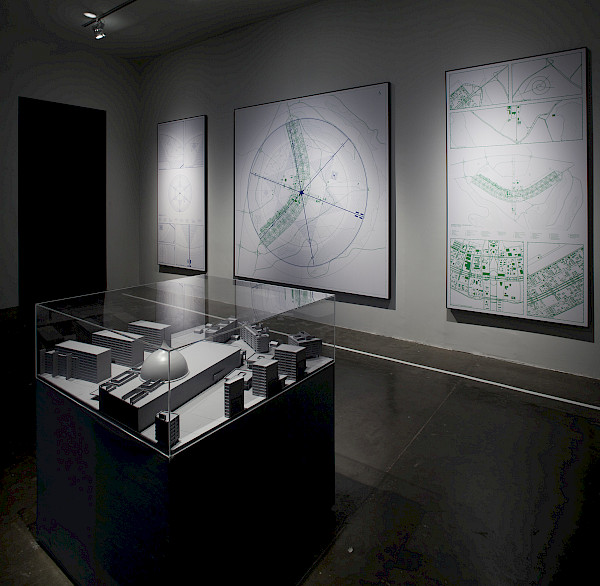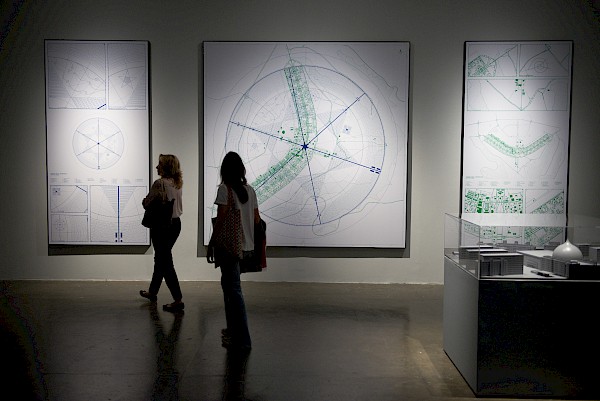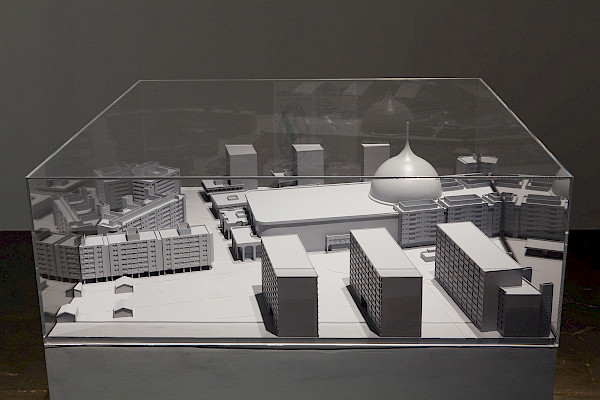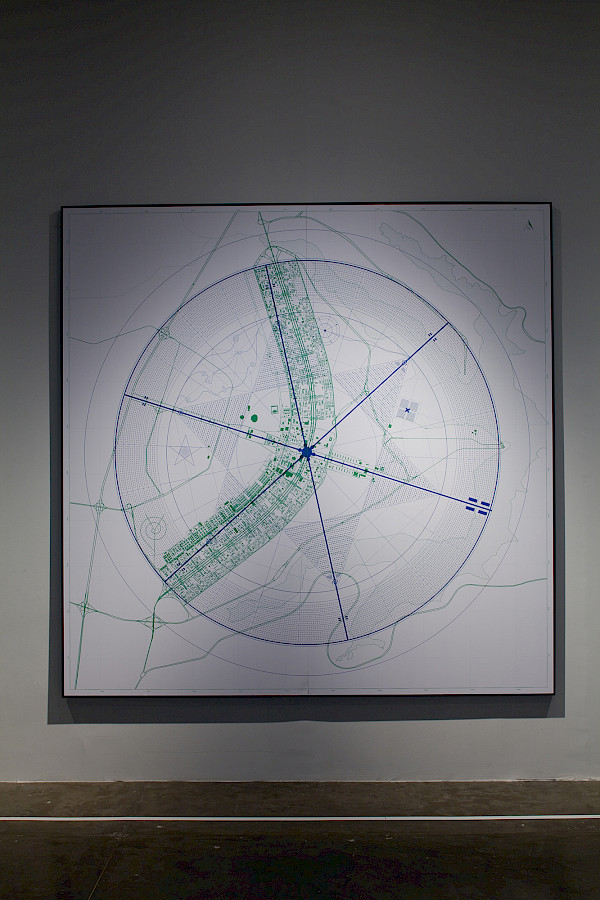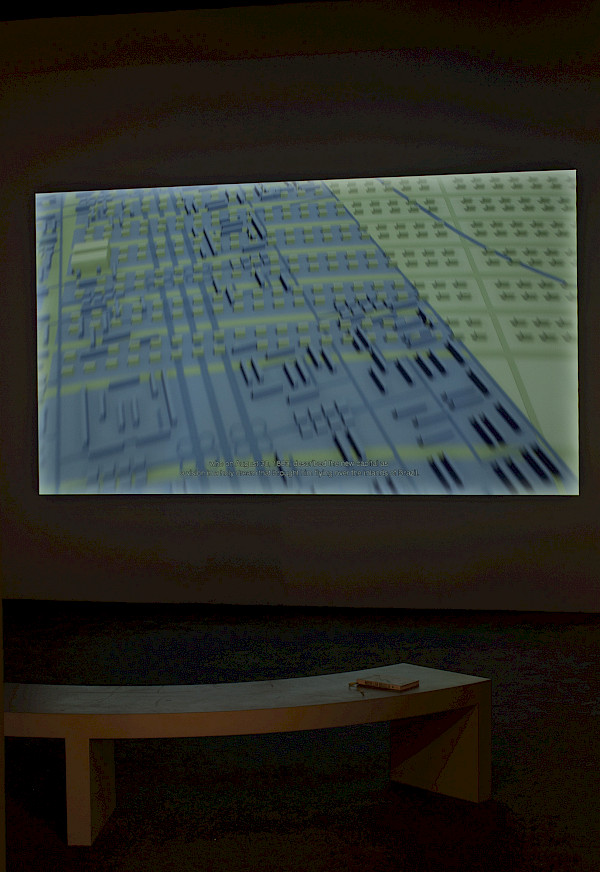Nosso Lar, Brasília
2014
In the years 1944 and 1956, Brazil saw the creation of two city plans that introduced the role of spiritist culture on the one hand and modernist architecture on the other. The first of these city plans is Nosso Lar (‘Our Home’), a city situated within the spirit world that plays a central role in Brazil’s large spiritist movement. The second city plan is Brasília, the capital of Brazil, which was built in a desert area in the center of the country, and has played a key role in Brazil’s development into an ever growing, modern, industrialist country.
Although the metaphysical project of Spiritism and the administrative, planned enterprise of modernist architecture seem to be naturally in opposition to one another, the project Nosso Lar, Brasília proposes that they show similarities to such an extent that it allows for an articulation of what could be considered a shared project to engineer society. Through a publication, video, and installation, Nosso Lar, Brasília claims that the two cities should be considered in the context of “parallel histories:” too different to be the same, yet too much the same to be entirely different.
-
Project by:
Jonas Staal
-
Project Team:
Jonas Staal (artist); Younes Bouadi (producer); Remco van Bladel (graphic designer); Lex Hildenbrant and Kasper van Dun (architectural designers); Stijn Toonen (architectural model maker); Vincent W.J. van Gerven Oei and Helmut Batista (editors); Noelly Russo (translator); Mariana Lanari (video narrator); Grafitto, Rio de Janeiro (printer); Amilcar Packer and Mihnea Mircan (conceptual supporters)
-
Publication:

-
Supported by:
Capacete, São Paulo/Rio de Janeiro (BR), The 31st São Paulo Biennial (BR), Extra City Kunsthal Antwerp (BE), Mondriaan Foundation, Amsterdam (NL), Promoveren in de Kunsten, Amsterdam (NL), PhDArts, The Hague (NL)






